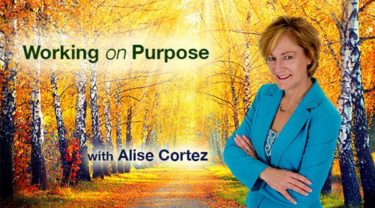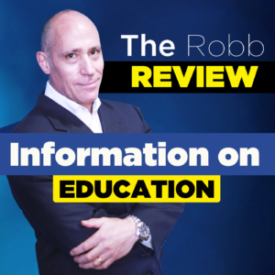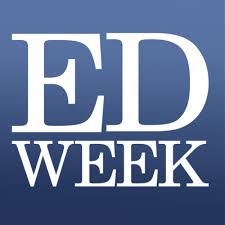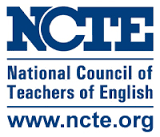If These Walls Could Talk
By: Lester Laminack
I’m going to risk making the assumption that each of you, at some point, has heard someone say, “if these walls could talk…” It has been my experience that folks say something like that when walking through historic buildings, old or abandoned houses, and in buildings where either tragedy or scandal has occurred. Yet, it occurs to me that the walls of our schools do indeed talk. In fact, I think they have much to say to anyone willing to listen.
Many years ago, I was given one of my most interesting and memorable tasks as a consultant. When I arrived at the school, I was met at the front door by the principal who held a digital camera in her hand. “School hasn’t begun just yet,” she said. “The children are still arriving, so I’d like you to take this (camera) and stroll about the building. Feel free to move in and out of any space, we are all used to visitors here. I’d like you to snap photos of anything that catches your attention, causes you to pause, puzzles or intrigues you, anything—positive or negative. Seriously, snap a photo of anything you value or question or wonder about. Then, around ten o’clock I’d like you to meet with me in my office. I want to download the photos on my computer and go through them with you. I want to hear what our school speaks to you, to know if we project what we proclaim.”
Seriously, this was my task for the first few hours of that day. It remains one of the most fascinating tasks I’ve been assigned as a consultant. No other administrator has ever asked this of me since.
I moved through the hallways thinking that I would walk through the entire building and get a feel for the place before snapping any photos. As I strolled, I was struck again and again by the presence of student art on display. It was presented as if I were in a museum. There were display cases for smaller pieces including three-dimensional works, as well as paintings and sketches on easels. In corners and stairwells, I found pedestals with larger pieces that could be viewed from all sides. Then, I came upon a large section of the wall covered in matte black fabric to create a display space in a hallway. Hanging in the center of the display was a famous print, of generous proportion, from an artist with historic renown. The print was tastefully matted, like something you’d hang in your home. There were smaller pieces done in a style similar to the featured masterwork. These smaller pieces were the works of students and it was clear that they were created by artists ranging from four to twelve years of age. The student works were not clustered by grade or age level and they shared the spotlight equally. Each piece of student work was presented as a serious work of art, matted in a manner similar to the masterwork. Placed carefully among the various student pieces were small placards with statements noting how the student artist had employed a technique learned from a study of the renowned artist being featured. A length of yarn was attached to each student piece and ran to some point in the masterwork drawing the viewer’s eye to the stated connection. In addition, there was a placard (about 10”x14”) listing out the standards these artists were working on as they studied the renowned artist and created these pieces.
All this was so carefully displayed to center children in the creation of art. There was a clear celebration of the genius of childhood, the exuberance of creativity, and the joy of producing the work.
This was in contrast to what I found when exploring the writing of children on display. As I strolled through the halls, pausing outside the classroom after classroom the most typical presentation of writing was a collection of stories neatly written and organized around a shared topic (The Worst Day Ever, The Best Surprise, I Was Never More Frightened). Each piece in a given collection shared a common opening line, a set of transition phrases, the same general organization, and an obvious lack of spelling or grammar “errors.”
What struck me most in this contrast is how differently we view and celebrate children when the product of their effort is something graded for the report card and “valued” by a score on a standardized test. I was soaring with joy when I encountered the child in each piece of art. No two pieces looked the same. There was no obvious effort to have them attempt to replicate the masterwork. Instead, the focus was on the technique of the artist—the use of color and line, and materials to execute an intention. Those attempts were celebrated as they were evidenced in each piece. And the celebration of those attempts was given a place of honor and respect alongside the masterwork.
By contrast it was not the child being celebrated in the writing displayed in the halls. Rather, it was the standard/conventional spellings, the standard/conventional use of punctuation, the adherence to the organizational frame and use of the prescribed transition phrases that were centered in their writing.
There were many other wonderful things those walls whispered, and chanted, and cheered about that morning. There was so much to celebrate in that school, but the best conversation was delving into an exploration of how we could center and celebrate the child in the writing work in a way that would parallel the pride and joy so obvious in the art.
“…if these walls could talk…” Well, friends, they do. Now the question is, “do they project what we proclaim?”
Lester’s books are on Amazon!
Learn more about Lester Laminack, check out his website!
Follow Lester on Twitter @lester_laminack
![]()








